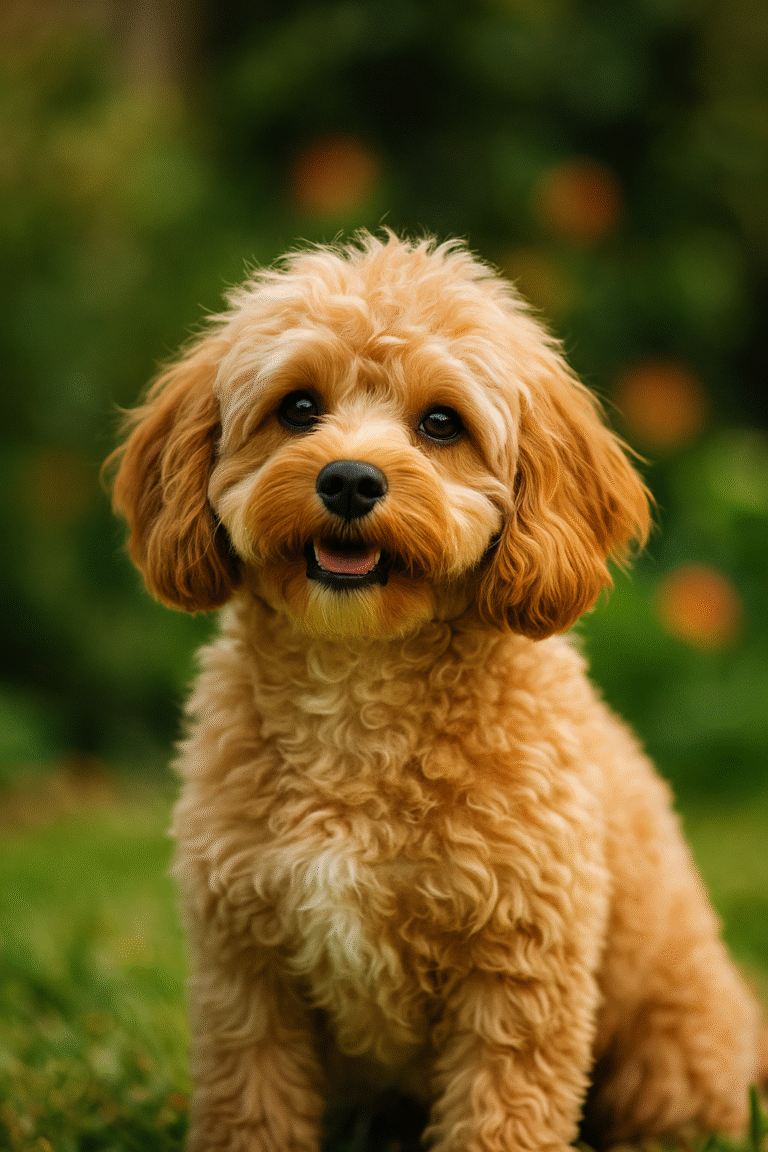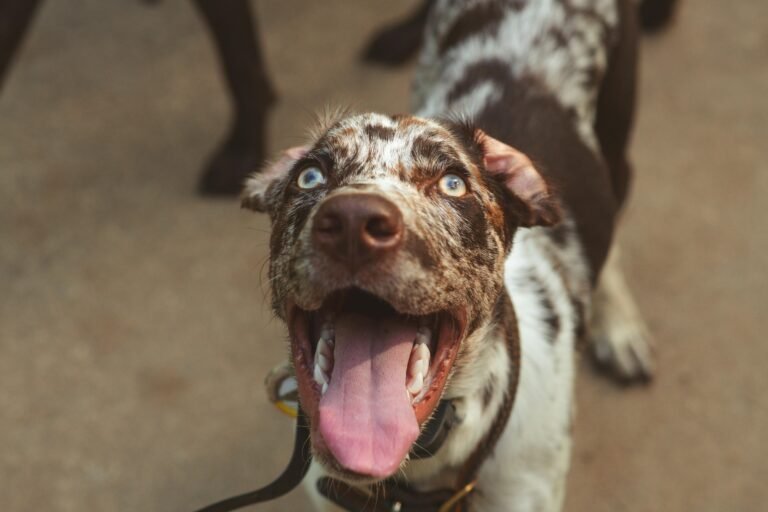Introduction
Compact yet courageous, the Jagdterrier is one of Germany’s most determined working terriers. Known as the “German Hunt Terrier,” this breed is prized for its grit, intelligence, and tireless work ethic. While relatively rare outside hunting circles, the Jagdterrier has a loyal following among those who appreciate its versatility, drive, and companionship. This article explores the history, temperament, training, and care needs of the Jagdterrier to help you understand what it’s like to live with this tenacious little dog.
Breed Origins
The Jagdterrier is a relatively modern breed, developed in Germany in the 1920s. A group of dedicated hunters sought to create the ultimate hunting terrier—fearless, versatile, and reliable underground and above ground. They crossed old English Fox Terriers with Black and Tan Hunting Terriers, and later added Welsh Terrier and Old English Terrier bloodlines to refine the breed. The result was the Jagdterrier: a small but powerful dog, equally skilled at tracking, flushing, and retrieving game. To this day, they are most often found working with hunters rather than as pets in the average household.
Appearance
Jagdterriers are compact, muscular terriers with an athletic build. They typically stand 13–16 inches tall and weigh 17–22 pounds. Their coats are dense and harsh, providing protection in rough terrain, and come in black and tan or dark brown with clearly defined markings. Ears are v-shaped and folded, eyes are dark and expressive, and their tails are often docked in hunting lines (though docking practices vary by country). Their look conveys toughness and focus—a true working dog through and through.
Temperament and Personality
Everything about the Jagdterrier’s personality reflects its hunting background. This is a dog that lives to work, thrives on challenge, and demands structure. Key traits include:
- Fearless and Determined: They will confront prey many times their size without hesitation.
- High-Energy: Jagdterriers need intense physical and mental exercise to stay balanced.
- Loyal and Devoted: They form strong bonds with their owners and thrive when included in daily life.
- Independent but Trainable: They have a strong will but respond well to firm, consistent training.
- Protective: Naturally watchful, they make excellent watchdogs without being overly aggressive toward people.
Exercise and Activity Needs
This breed is not for the faint of heart when it comes to exercise. Jagdterriers require 90+ minutes of vigorous activity each day, ideally with a job or structured outlet. Suitable activities include:
- Long hikes, trail runs, or endurance activities
- Hunting or simulated hunting activities like scent work
- Agility or flyball competitions
- Fetch and tug-of-war games to channel their prey drive
Without sufficient stimulation, Jagdterriers can become destructive, vocal, or frustrated. They do best with owners who are equally active and engaged.
Training and Intelligence
Highly intelligent but strong-willed, Jagdterriers are best suited for experienced dog handlers. Training tips include:
- Use positive reinforcement paired with firm boundaries—harsh corrections can damage trust, but too much leniency can lead to disobedience.
- Keep training sessions short, fun, and challenging to maintain engagement.
- Early socialization is critical to reduce reactivity toward other animals.
- Provide jobs that tap into their natural skills, such as scent work or tracking games.
These dogs are incredibly versatile and excel when given a purpose—but without one, they may find “work” on their own, like digging or chasing neighborhood wildlife.
Grooming and Maintenance
The Jagdterrier’s coat is low-maintenance. Weekly brushing is usually enough to remove dirt and loose hair. They are naturally weather-resistant and don’t require frequent baths unless muddy. Nail trims, dental care, and ear cleaning should be part of their routine care. Shedding is moderate but manageable.
Health Considerations
Jagdterriers are generally hardy, with lifespans of 10–14 years. As a working breed bred for function, they tend to be less prone to exaggerated health problems, but some concerns include:
- Hip dysplasia
- Eye issues such as cataracts
- Ear infections (especially if active in water)
Regular vet visits and an active lifestyle keep them in peak condition.
Family Compatibility
While Jagdterriers can make loyal family dogs, they are not the easiest choice for the average household. They are best for:
- Active families with outdoor lifestyles
- Owners experienced with high-drive working breeds
- Homes without small pets, as their prey drive can be overwhelming
With proper training and socialization, they can be good with children, but their intensity and energy level mean they are better suited to families with older kids.
Who Should Consider a Jagdterrier?
This breed is not for everyone. Ideal owners are those who:
- Want a serious working or sporting dog
- Enjoy high-energy activities and outdoor adventures
- Can commit to daily training and enrichment
- Understand terrier instincts and can manage strong prey drives
Conclusion
The Jagdterrier is a small dog with a giant personality and an unstoppable work ethic. Bred to hunt and never back down, this fearless German terrier thrives with owners who can meet its high energy and training needs. For hunters, athletes, and experienced dog lovers, the Jagdterrier offers loyalty, drive, and adventure in a compact package. For less active households, however, this breed may prove overwhelming. If you’re looking for a bold, devoted partner who lives for challenge, the Jagdterrier could be the perfect fit.






